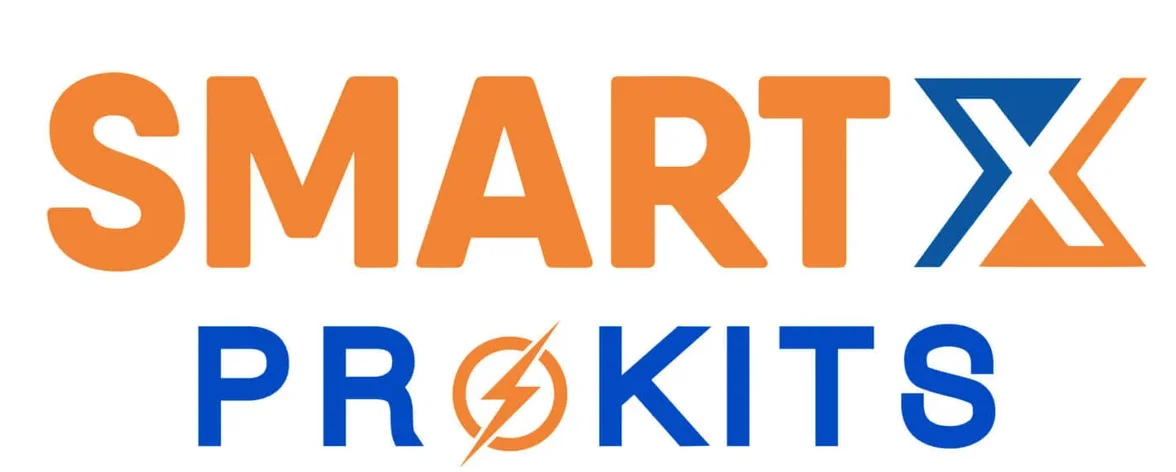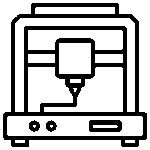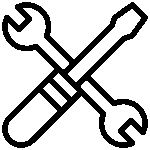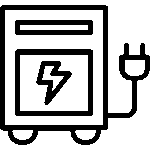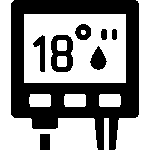Low Voltage Smart Speaker Power Guide – Build It Right!
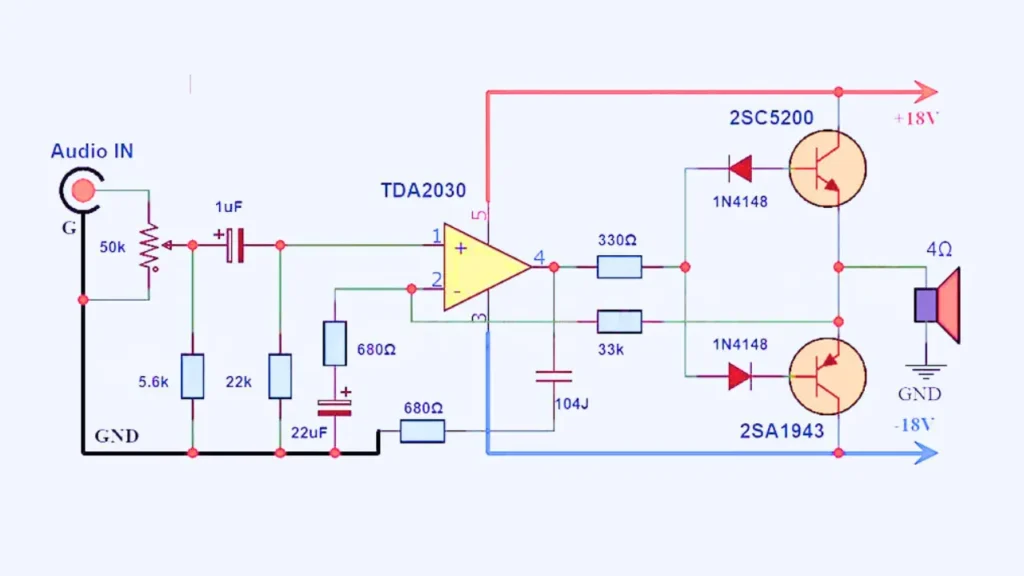
💡 The Problem :
Smart speakers rely on stable low-voltage power—typically 5V or 12V. If the supply is noisy, underpowered, or unstable, your speaker may reboot randomly, distort audio, or fail altogether. The solution? A clean, well-regulated power supply with protection against surges and drops.
🛠️ The Solution :
To fix this, use a Low Dropout Regulator (LDO) or a DC-DC buck converter with sufficient current capacity. These ensure a stable voltage, even when the input fluctuates. Adding a filter capacitor at the output helps reduce noise. If you’re connecting to a battery or USB supply, make sure it’s rated for your speaker’s peak power usage.
🧰 Everyday Example :
Let’s say you’re powering a DIY smart speaker using a cheap 12V adapter. During bass-heavy playback, the current spikes, and the voltage dips to 9V—causing the speaker to restart. Swapping the adapter with a high-efficiency buck converter module and adding a filter capacitor solves the problem instantly.
🔢 Sample Calculation :
Suppose your smart speaker draws 1.5A at 12V.
Power = V × I = 12V × 1.5A = 18W.
Choose a converter rated for at least 25W (for safety margin).
Add a 470µF capacitor at the output to buffer load transients.
🛠️ Recommended Components (Made in India) :
Buck Converter for stable voltage
Flux for clean soldering during integration
👉 Shop now at SmartXProKits.in
🇮🇳 Support our work and India’s innovation—buy from our Make in India site!

